Introduction
Blog
1st son named after father's father
2nd son named after mother's father
3rd son named after father
1st daughter named after mother's mother
2nd daughter named after father's mother
3rd daughter named after mother
Now the while the pattern can continue after the fourth son or daughter, it is our experience that few families consistently went that far. After six children there would almost always begin to be some duplication in names.
What does this mean?
Why do I say ‘hypothesise’? The naming pattern should not be used as evidence but rather as a guide. If the surname is very common, or at least very common in the area, you could use the pattern to predict what the parents may be called. Once you find parents with those forenames you will still need to prove your theory using other sources.
Pitfalls
If one of the parents was illegitimate this can also change the naming pattern. In the case of a son, sometimes a family will use the name of the stepfather, other times the eldest child is named after its father of the mother’s father.
A common issue is that both fathers have the same name (let's say John). As they would be very unlikely to name two children John (unless one had died) this can again add to the confusion.
Another reason the naming pattern would change is when a new minister came to the parish. It was a common practice to name the first child baptised by a new minister after him. So if the name doesn’t seem to ‘fit’ in your family at all, find out the name of the minister.
Summing up
Links
Website: www.scottishindexes.com
Facebook: www.facebook.com/scottish.indexes
Blog: www.scottishgenealogyblog.blogspot.co.uk
Twitter: www.twitter.com/scottishindexes
Flickr: www.flickr.com/maxwellancestry
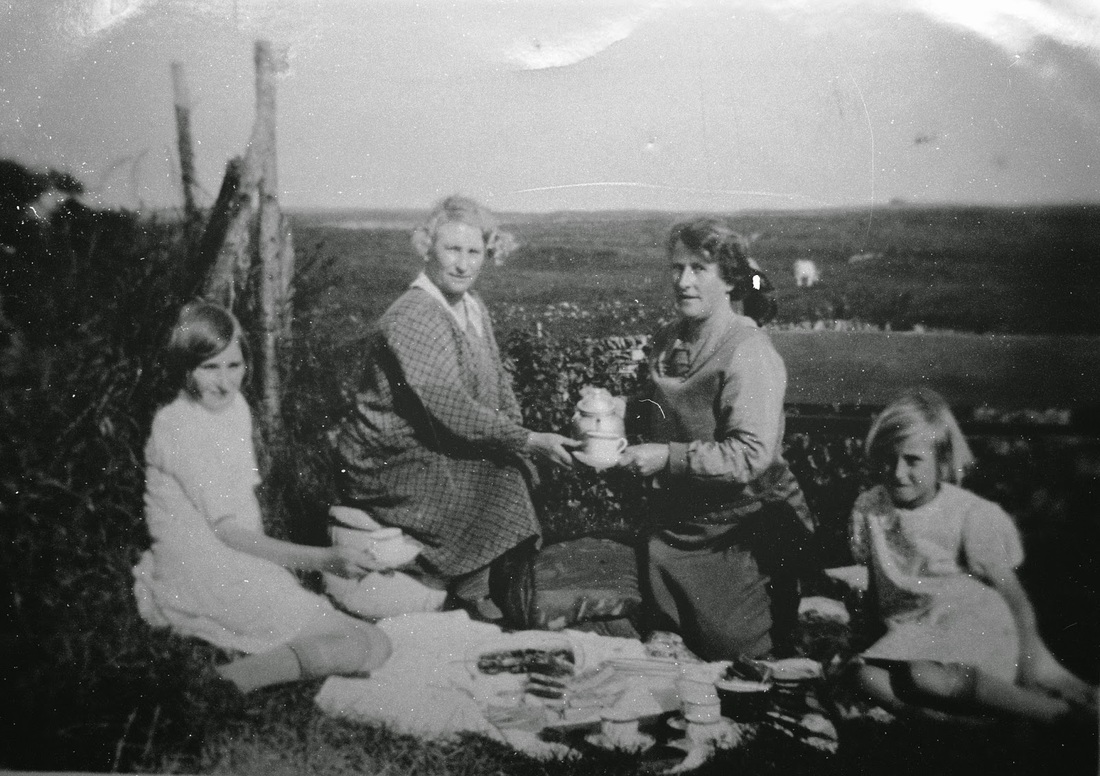
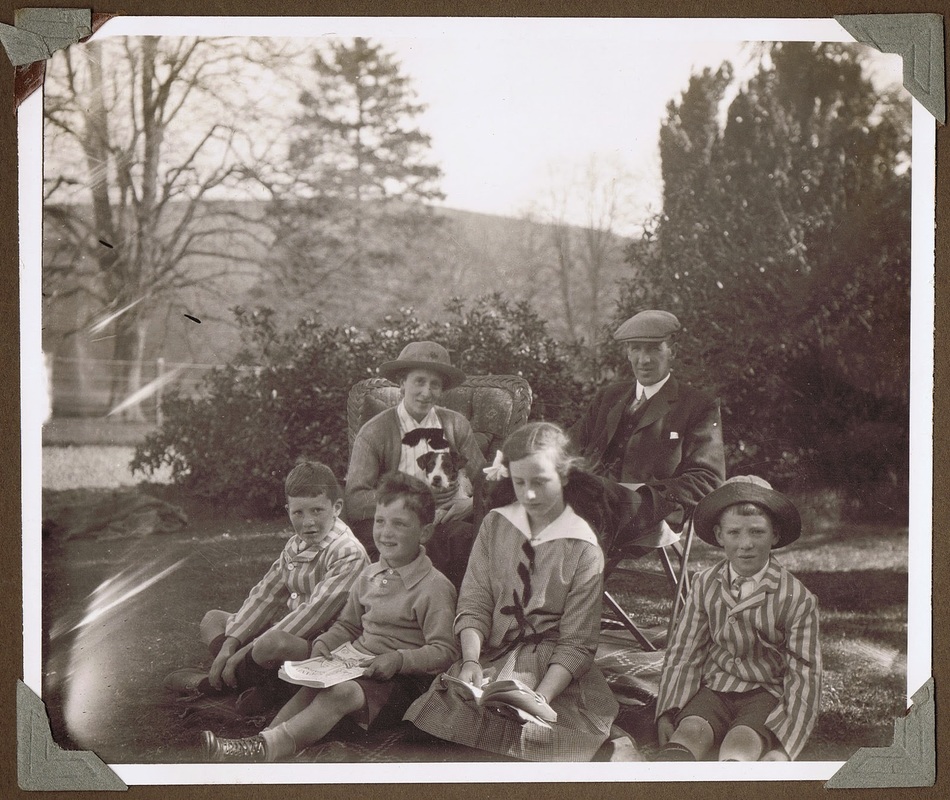
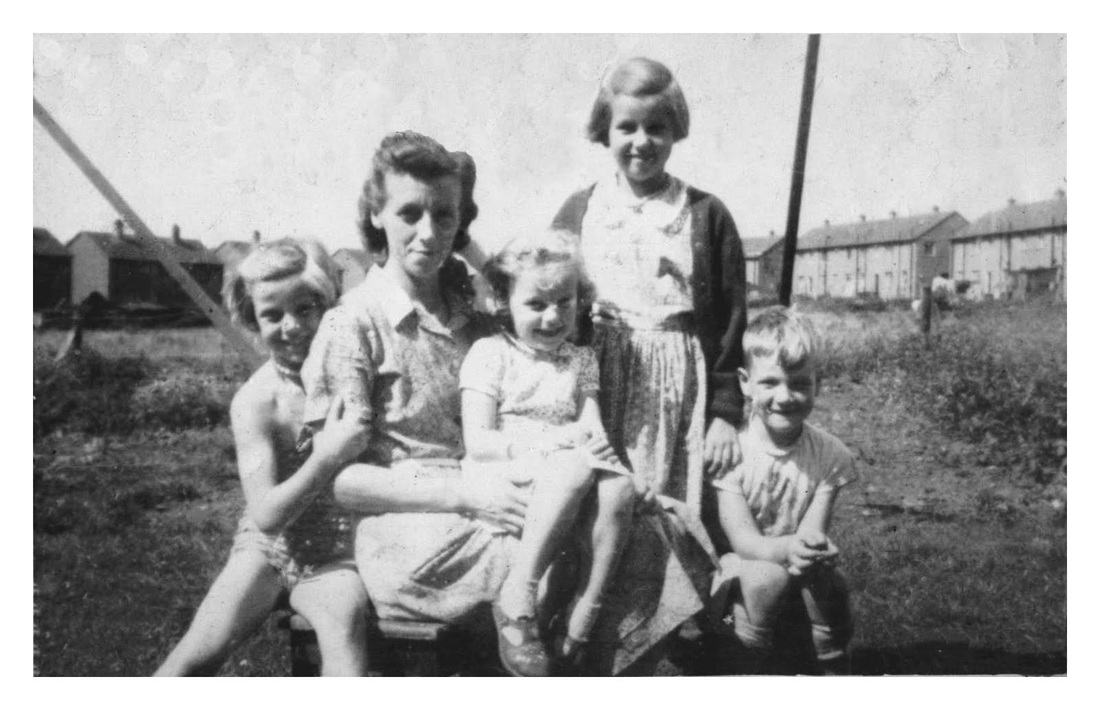
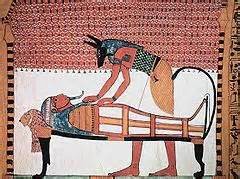
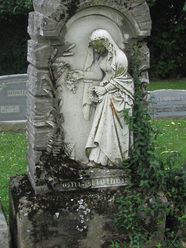
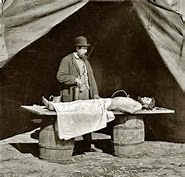

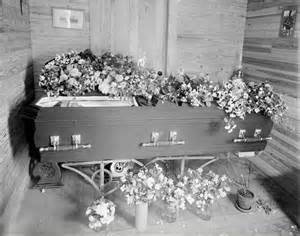
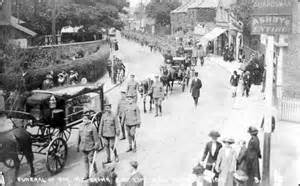

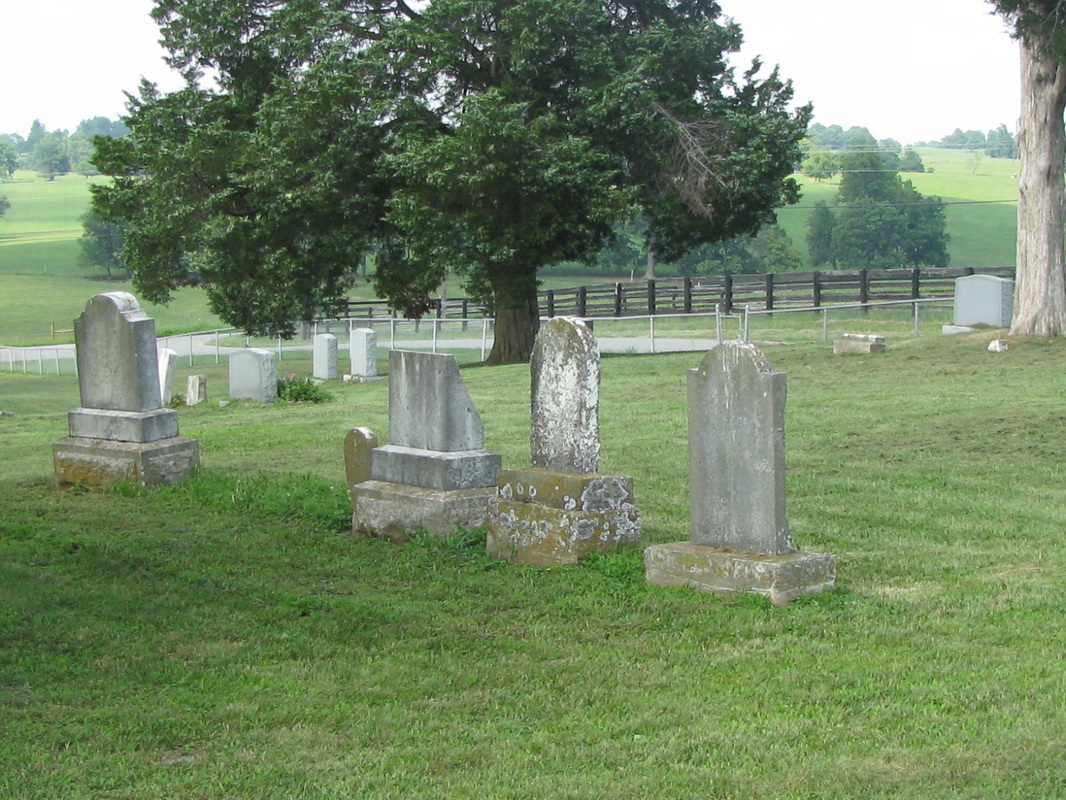
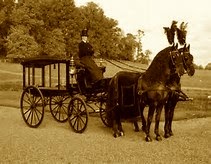


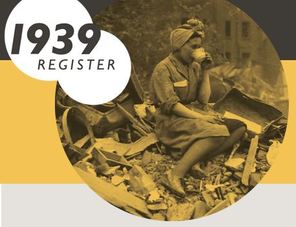

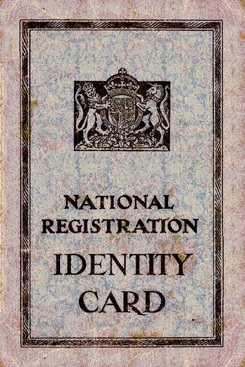

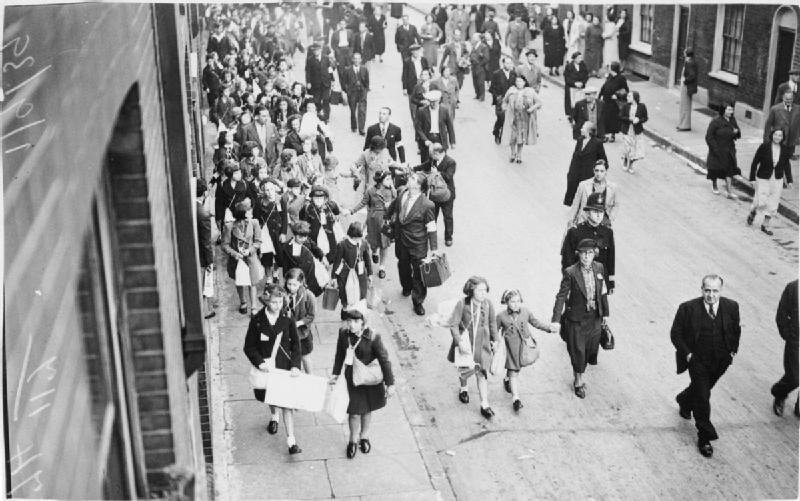
 RSS Feed
RSS Feed
